Alitheastronomer - Science Rules
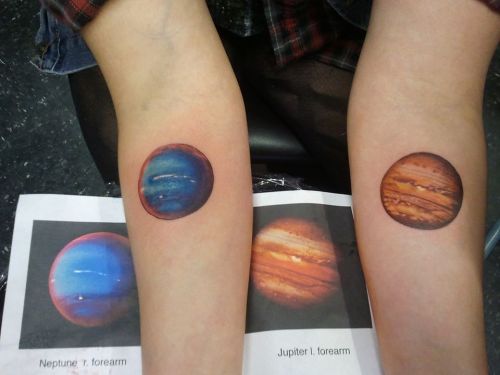
More Posts from Alitheastronomer and Others

30 Doradus, located in the heart of the Tarantula nebula, is the brightest star-forming region in our galactic neighborhood. The nebula resides 170,000 light-years away in the Large Magellanic Cloud.
js
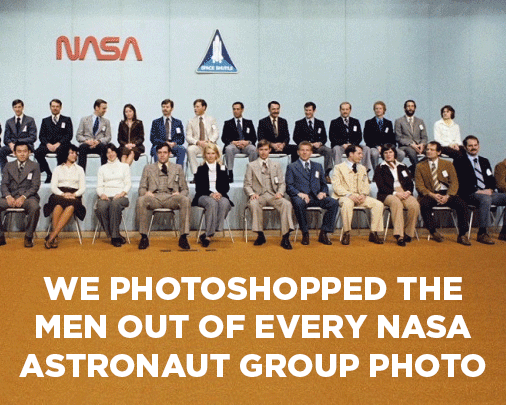
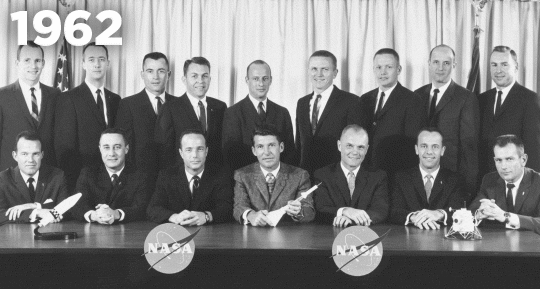
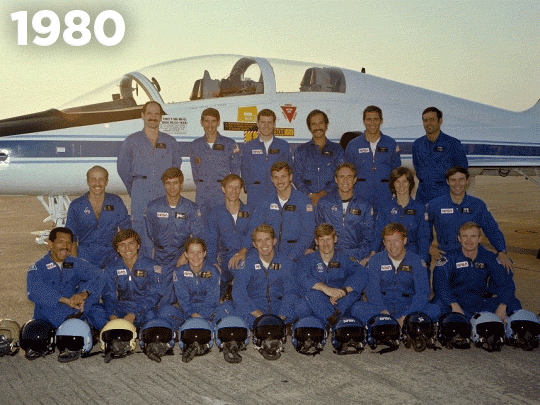
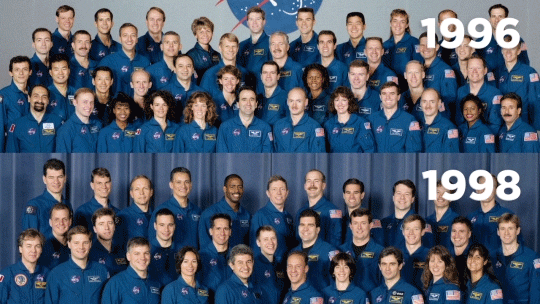
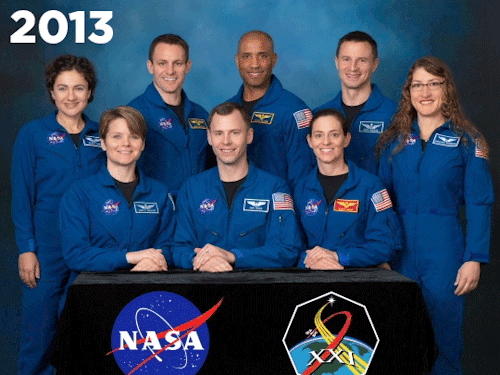
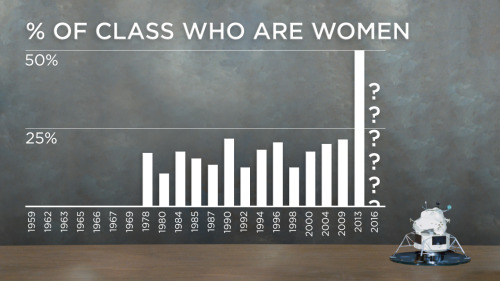
Check out our new video to see every NASA astronaut class. Some patterns emerge.
This is probably the most majestic playlist I've ever heard.


LEAVING EARTH. “When once you have tasted flight, you will forever walk the earth with your eyes turned skyward, for there you have been, and there you will always long to return.” For courageous travellers. Go forth and explore. [listen]

Arp 87:
NGC 3808A (right) & NGC 3808B (left)
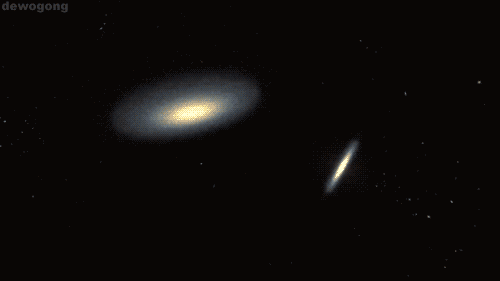
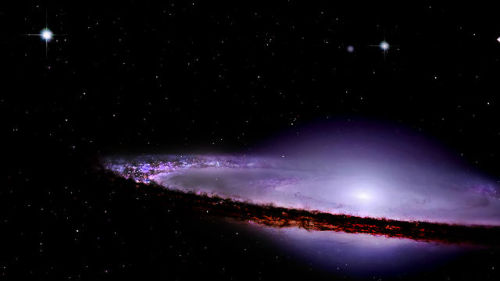
The stunning Sombrero galaxy (seriously, there should be a blog that’s just photos of the Sombrero galaxy)
Well now I know what I would be doing if I won the lottery...

So you want to go to space ?
It suddenly struck me that that tiny pea, pretty and blue, was the earth. I put my thumb and covered one eye and my thumb blotted out the planet earth.
- Neil Armstrong
And ergo ‘Space’ became a part of my vocabulary from a very young age. All that i wanted to do was to become an astronaut and wander the oblivion space that lies beyond our wildest comprehension.

But how much is the ticket?!?
I hear if you try to buy it on a Tuesday at 2am you will get a GREAT fare!
Alright all jokes aside space travel is becoming available to regular citizens, well maybe regular isn’t the right word, wealthy citizens.

But just how wealthy do you need to be? How many banks should you plan on robbing before you pack your bags?
Well it depends on where you are going. ;)
Do you want to go on a spaceplane?

This is at about 60 miles above the Earth’s surface.
If Virgin Galactic does continue with SpaceShipTwo they had set their cost at $250,000 or about 6 bank robberies.
(Since the crash of an earlier version of SpaceShipTwo (due to pilot error) they are instead shifting their time and money towards practical launchers. HOW LAME!!)
If XCOR finishes up the Lynx they have set their ticket cost at $100,000 or 3 bank robberies.
But what about a trip to the International Space Station (ISS)?

Well I have good news for you because private citizens have already paid for trips there. No waiting around for a spaceplane to be built.
Space Adventures has put people in space since 2001. They make the travel arrangements for civilians to ride the Russian Soyuz capsule to the space station.
The cost is over $20 million or 435 bank robberies.
How about walking in space?

For an extra $15 million (327 bank robberies) Space Adventures will organize for you to do a spacewalk during your stay on the ISS.
If this all seems a little too pricey for you maybe you should think about the space simulators!!

Zero Gravity Corporation sells tickets on NASA’s “Vomit Comet” (a plane that makes you feel like you are weightless) for $136,000 BUT it is for you and 35 of your closest friends!
Talk about a party!!!

They do offer for you to pay an individual price but that all is on a case by case business. However if you are a struggling student I have some good news for you.

NASA offers undergraduate students the opportunity to conduct experiments on reduced gravity flights. They also have flights for educators too so definitely check out their programs!!
Did you enjoy the post?
If you did, please take a second to follow the author - Marielle ( A Rocket Scientist )

who runs her own website - missaerospace / on twitter and also has her own tumblr. Her posts truly appeal to the space geek in every one of us.
Have a good day!
PC: Dangerouslee Space.com Oleg Kotov Takes a Picture During a Spacewalk by NASA Johnson
Here is a time lapse of the International Space Station flying over the earth.
Solar System: 5 Things To Know This Week
Our solar system is huge, so let us break it down for you. Here are 5 things to know this week:
1. You Call the Shots

This July, when the Juno mission arrives at Jupiter, it will eye the massive planet with JunoCam. What adds extra interest to this mission is that the public is invited to help Juno scientists choose which images JunoCam will take. Now is the time to get involved.
2. Dawn Delivers

We’ve seen several images now from the Dawn spacecraft’s new, close orbit around Ceres—and they don’t disappoint. Exquisitely detailed photos of the dwarf planet reveal craters, cliffs, fractures, canyons and bright spots in many locations. “Everywhere we look in these new low-altitude observations, we see amazing landforms that speak to the unique character of this most amazing world,” said the mission’s principal investigator.
3. Remembering the Visit to a Sideways World

Jan. 24 is the 30th anniversary of Voyager 2’s Uranus flyby. The seventh planet is notable for the extreme tilt of its axis, its lacy ring system and its large family of moons—10 of which were discovered thanks to Voyager’s close encounter. In fact, we learned much of what we know about the Uranian system during those few days in 1986.
4. A Decade in the Deep

The New Horizons spacecraft left Earth 10 years ago this week. Its long voyage into deep space is, even now, transforming our understanding of the outer solar system. New data and pictures from the Pluto flyby are still streaming down from the spacecraft. Pending the approval of an extended mission, New Horizons is en route to a 2019 rendezvous with a small, unexplored world in the distant Kuiper Belt.
5. Power at a Distance

Space exploration helped drive the development of practical solar cells, and now solar power has gone farther than ever before. Last week, NASA’s Juno spacecraft broke the record for the most distant solar-powered craft when it passed a distance of 493 million miles (793 million kilometers) from the sun. The four-ton Juno spacecraft draws energy from three 30-foot-long (9-meter) solar arrays festooned with 18,698 individual cells.
Want to learn more? Read our full list of the 10 things to know this week about the solar system HERE.
Make sure to follow us on Tumblr for your regular dose of space: http://nasa.tumblr.com
-
 annagontarek reblogged this · 1 month ago
annagontarek reblogged this · 1 month ago -
 l-oveyou reblogged this · 1 month ago
l-oveyou reblogged this · 1 month ago -
 a-bed-of-moss liked this · 1 month ago
a-bed-of-moss liked this · 1 month ago -
 earth-is-not-my-home reblogged this · 4 months ago
earth-is-not-my-home reblogged this · 4 months ago -
 pixiestix9551 reblogged this · 5 months ago
pixiestix9551 reblogged this · 5 months ago -
 pixiestix9551 liked this · 5 months ago
pixiestix9551 liked this · 5 months ago -
 daughterofcxin reblogged this · 5 months ago
daughterofcxin reblogged this · 5 months ago -
 daughterofcxin liked this · 5 months ago
daughterofcxin liked this · 5 months ago -
 bitterrmoments reblogged this · 5 months ago
bitterrmoments reblogged this · 5 months ago -
 bitterrmoments liked this · 5 months ago
bitterrmoments liked this · 5 months ago -
 seedsofcrimsonpomegranates liked this · 5 months ago
seedsofcrimsonpomegranates liked this · 5 months ago -
 leavethisbluetheneighbourhood reblogged this · 5 months ago
leavethisbluetheneighbourhood reblogged this · 5 months ago -
 o-meu-mundo-07 reblogged this · 5 months ago
o-meu-mundo-07 reblogged this · 5 months ago -
 o-meu-mundo-07 liked this · 5 months ago
o-meu-mundo-07 liked this · 5 months ago -
 sevenkalbimsarhoss liked this · 5 months ago
sevenkalbimsarhoss liked this · 5 months ago -
 areyouserious liked this · 5 months ago
areyouserious liked this · 5 months ago -
 tunetourmoline liked this · 8 months ago
tunetourmoline liked this · 8 months ago -
 dead32547698 liked this · 8 months ago
dead32547698 liked this · 8 months ago -
 earth-is-not-my-home liked this · 9 months ago
earth-is-not-my-home liked this · 9 months ago -
 python776 liked this · 10 months ago
python776 liked this · 10 months ago -
 angelic-girl liked this · 11 months ago
angelic-girl liked this · 11 months ago -
 quitanda reblogged this · 11 months ago
quitanda reblogged this · 11 months ago -
 ramifica liked this · 11 months ago
ramifica liked this · 11 months ago -
 thewayto-happiness liked this · 11 months ago
thewayto-happiness liked this · 11 months ago -
 descrevos reblogged this · 11 months ago
descrevos reblogged this · 11 months ago -
 looney92027 liked this · 11 months ago
looney92027 liked this · 11 months ago -
 atravesse reblogged this · 11 months ago
atravesse reblogged this · 11 months ago -
 yamasakiko---ji liked this · 1 year ago
yamasakiko---ji liked this · 1 year ago -
 bunny-stickers reblogged this · 1 year ago
bunny-stickers reblogged this · 1 year ago -
 archiveoffavstuff reblogged this · 1 year ago
archiveoffavstuff reblogged this · 1 year ago -
 mistkissedmoon liked this · 1 year ago
mistkissedmoon liked this · 1 year ago -
 bunny-stickers liked this · 1 year ago
bunny-stickers liked this · 1 year ago -
 nonesuchsequitur liked this · 1 year ago
nonesuchsequitur liked this · 1 year ago -
 screamingwombatgirl reblogged this · 1 year ago
screamingwombatgirl reblogged this · 1 year ago -
 screamingwombatgirl liked this · 1 year ago
screamingwombatgirl liked this · 1 year ago -
 oxygen-thief-1995 reblogged this · 1 year ago
oxygen-thief-1995 reblogged this · 1 year ago -
 darkbluepassion01 liked this · 1 year ago
darkbluepassion01 liked this · 1 year ago -
 cdandor liked this · 1 year ago
cdandor liked this · 1 year ago -
 caidersoteco liked this · 1 year ago
caidersoteco liked this · 1 year ago -
 fitzz-siimmons liked this · 1 year ago
fitzz-siimmons liked this · 1 year ago -
 thereisanother liked this · 1 year ago
thereisanother liked this · 1 year ago -
 anpalizit liked this · 1 year ago
anpalizit liked this · 1 year ago -
 dlldosyasindaki2 liked this · 1 year ago
dlldosyasindaki2 liked this · 1 year ago -
 thelittleblacklamb liked this · 1 year ago
thelittleblacklamb liked this · 1 year ago -
 kontra-svijeta liked this · 1 year ago
kontra-svijeta liked this · 1 year ago -
 helllnotes reblogged this · 1 year ago
helllnotes reblogged this · 1 year ago
